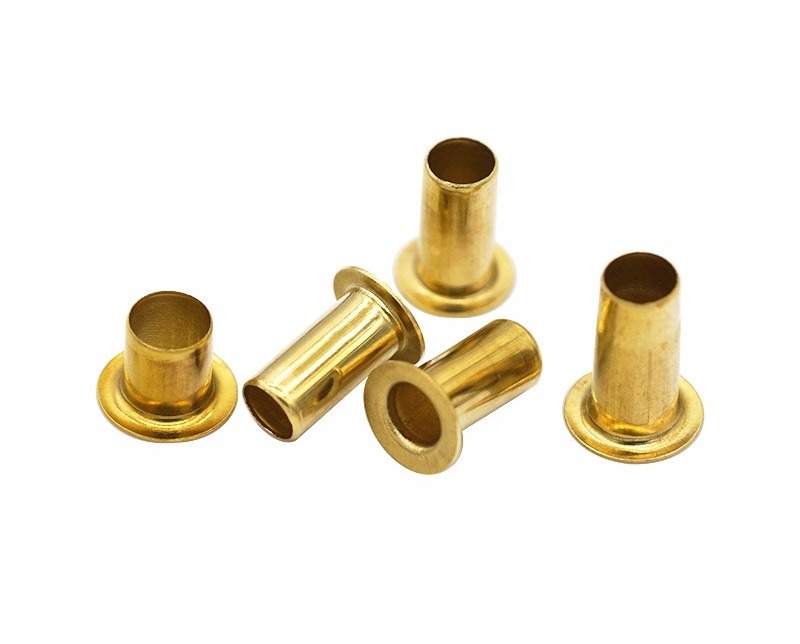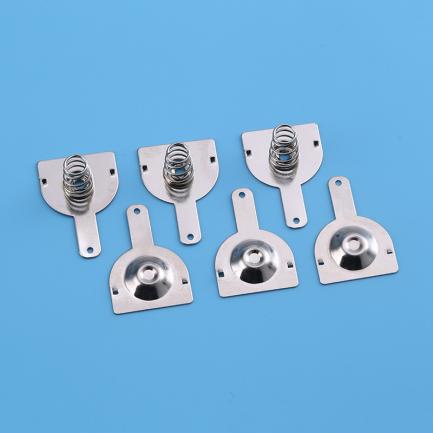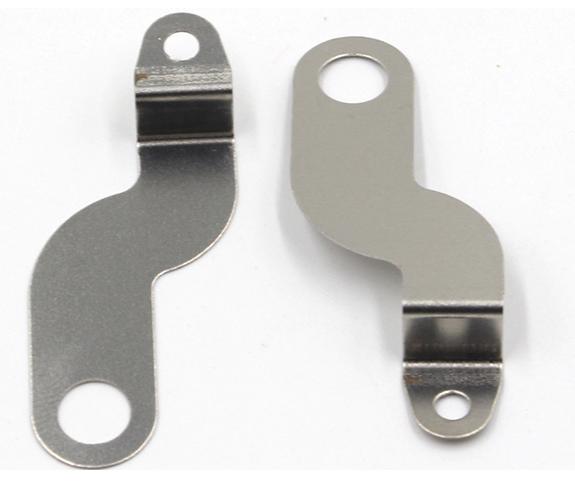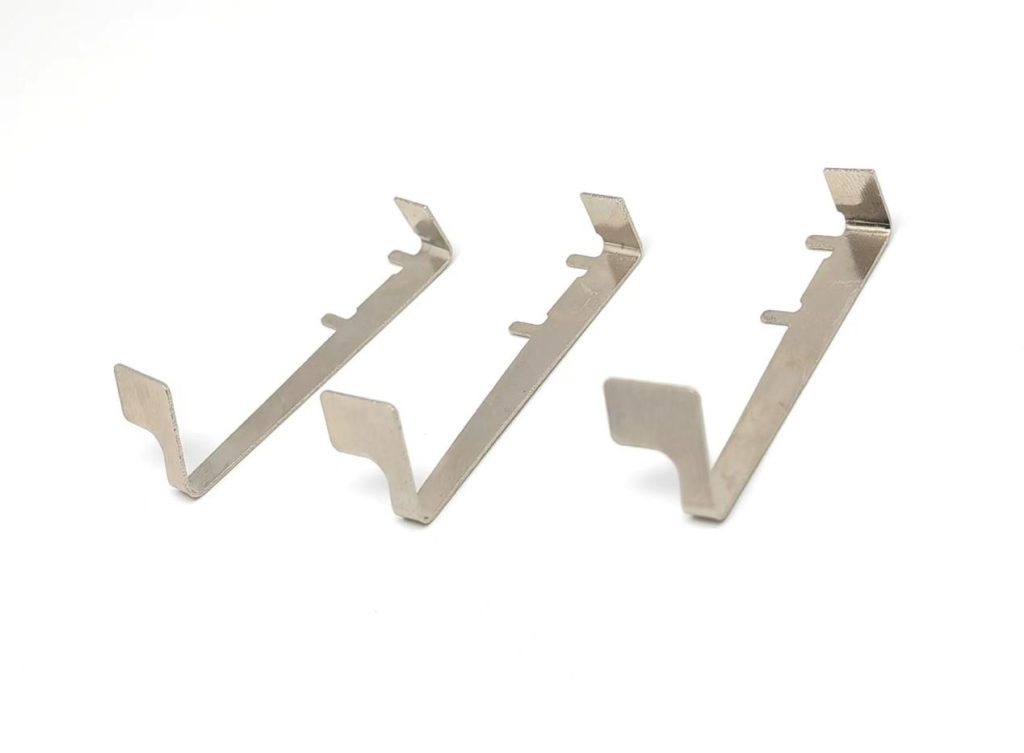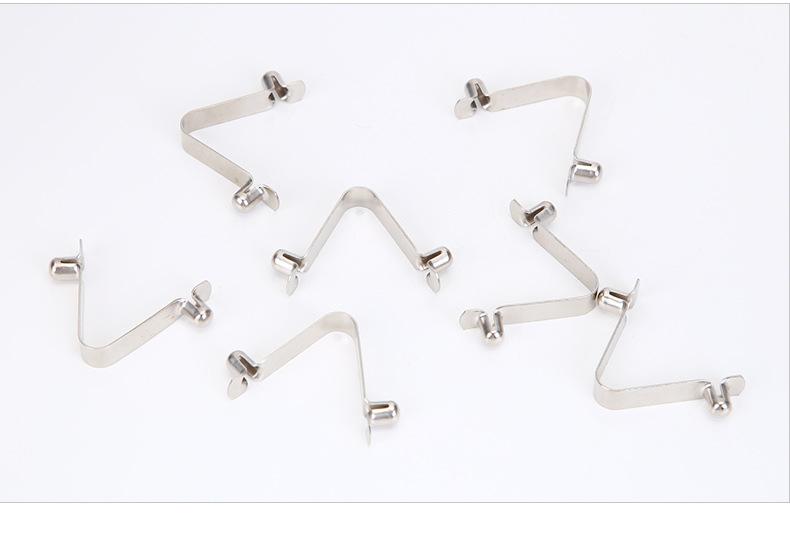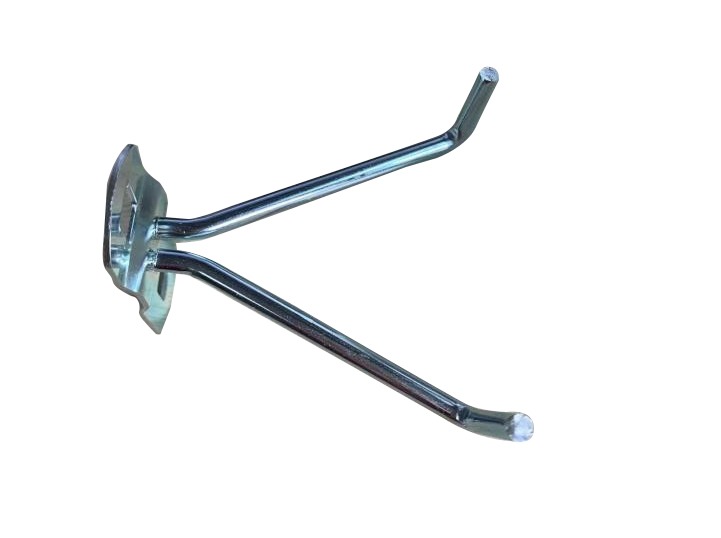Key Points Of Stamping Parts: Characteristics And Applications
Stamping parts are created by using a stamping press to form metal sheets into various shapes and sizes. The stamping process involves the use of a die, which is a specialized tool that cuts and shapes the metal. The die is mounted onto a stamping press, which applies pressure to the metal sheets to form the desired shape. In this article, we will discuss the characteristics of stamping parts and their applications in different industries.

Characteristics of stamping parts
One of the key characteristics of stamping parts is their precision and accuracy. The stamping process allows for very tight tolerances, meaning that parts can be manufactured to very exact specifications. This is particularly important in industries like aerospace and medical, where precision is essential for safety and functionality.
Consistency and repeatability are also important characteristics of stamping parts. Since the stamping process is highly automated, the parts produced are consistent in terms of size and shape. This makes it easier for manufacturers to ensure that their products meet quality standards and are free from defects. The stamping process also allows for high repeatability, meaning that the same part can be produced repeatedly without variation in quality.
Another benefit of stamping parts is their ability to work with a variety of materials. Stamping presses can be used with materials such as aluminum, steel, copper, and brass. This makes stamping parts a versatile solution for manufacturers who require parts made from different materials. Additionally, stamping parts are cost-effective, especially when compared to other manufacturing processes like casting or forging.
Flexibility in design and customization is also a characteristic of stamping parts. Since dies can be easily changed on a stamping press, custom stamping parts manufacturers can quickly switch between different parts without having to retool their entire production line. This allows for a greater degree of customization, enabling manufacturers to produce unique parts that meet the specific needs of their customers.

Applications of Stamping Parts in Various Industries
The automotive industry is one of the largest users of stamping parts. Stamping is used to manufacture body and structural components, engine and transmission parts, and electrical components. Body and structural components include items like fenders, hoods, and doors, while engine and transmission parts include items like valve covers and transmission housings. Electrical components include items like battery trays and fuse boxes.
The aerospace industry also relies heavily on stamping parts. Stamping is used to manufacture structural and engine components, electrical and avionics components, and fuel system components. Structural components include items like wing spars and fuselage frames, while engine components include items like compressor blades and turbine housings. Electrical and avionics components include items like control panels and communication equipment. Fuel system components include items like fuel tanks and fuel lines.
The electronics industry is another major user of stamping parts. Stamping is used to manufacture circuit board components, enclosures and covers, and connectors and terminals. Circuit board components include items like heat sinks and shielding, while enclosures and covers include items like computer cases and phone covers. Connectors and terminals include items like USB connectors and power connectors.
The medical industry also uses stamping parts to manufacture surgical instruments and equipment, implantable devices, and diagnostic equipment. Surgical instruments and equipment include items like forceps and scalpels, while implantable devices include items like pacemaker components and joint replacements. Diagnostic equipment includes items like ultrasound probes and CT scanner components.
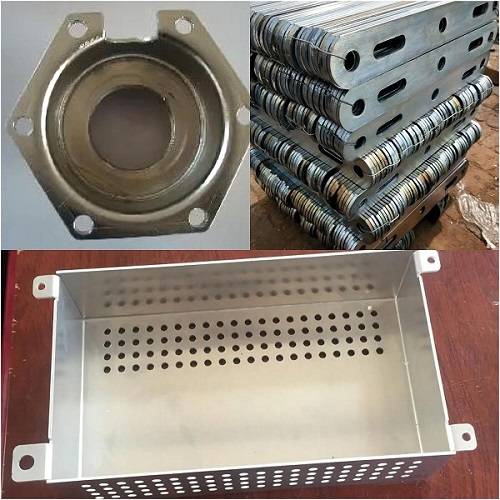
In conclusion, stamping parts are a critical component of many industries due to their precision, consistency, versatility, and cost-effectiveness. The automotive, aerospace, electronics, and medical industries are just a few examples of industries that rely heavily on stamping parts. The stamping process enables manufacturers to produce parts quickly and efficiently, with a high degree of accuracy and repeatability. It also allows for flexibility in design and customization, making it possible to create unique parts that meet the specific needs of customers.
As industries continue to evolve and grow, the demand for stamping parts will likely continue to increase. Stamping parts manufacturers will need to keep pace with the latest technologies and advancements in stamping processes to ensure that they can deliver high-quality parts that meet the needs of their customers. Additionally, they will need to continue to focus on quality control to ensure that the parts they produce meet the necessary safety and performance standards.

